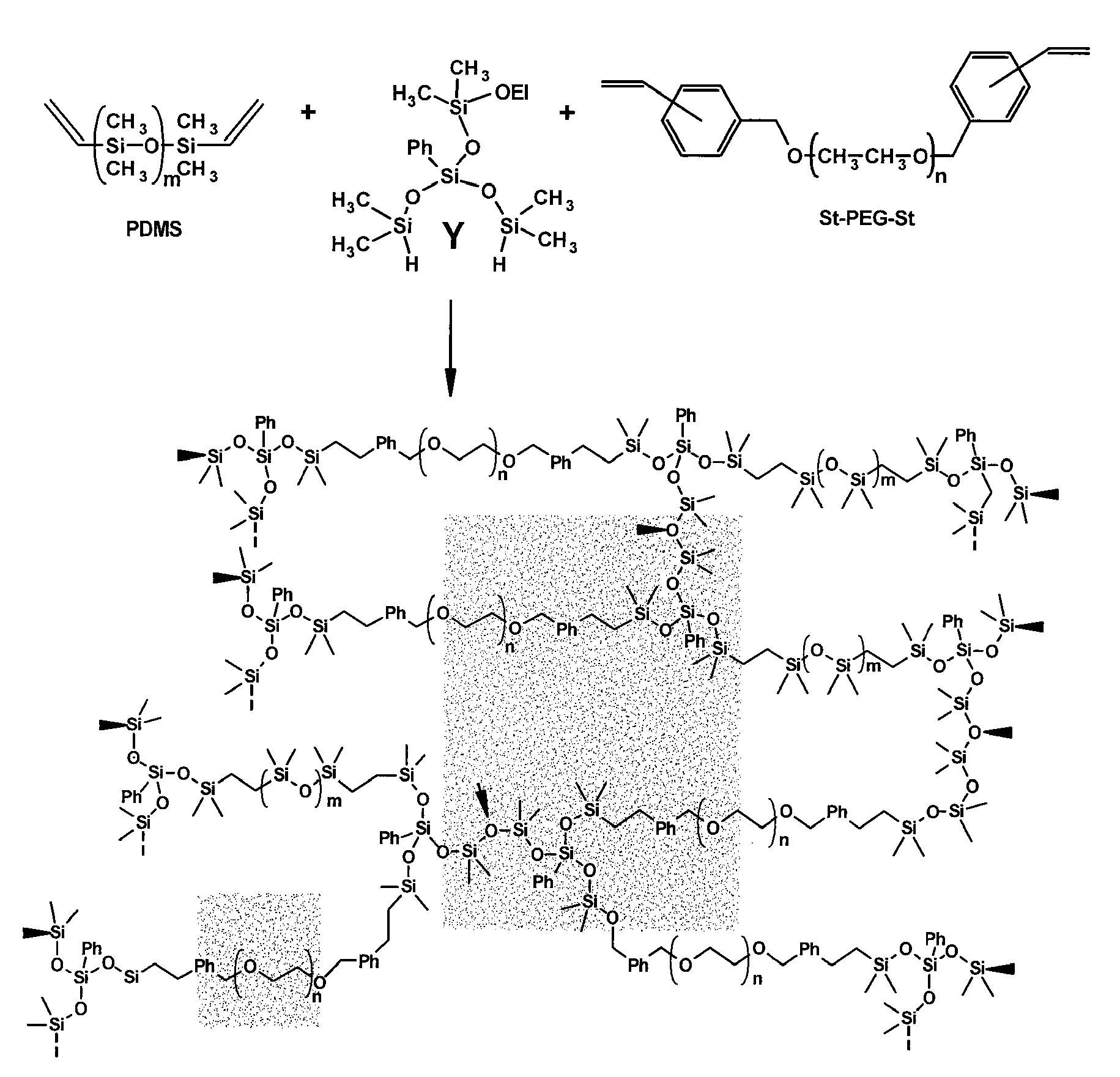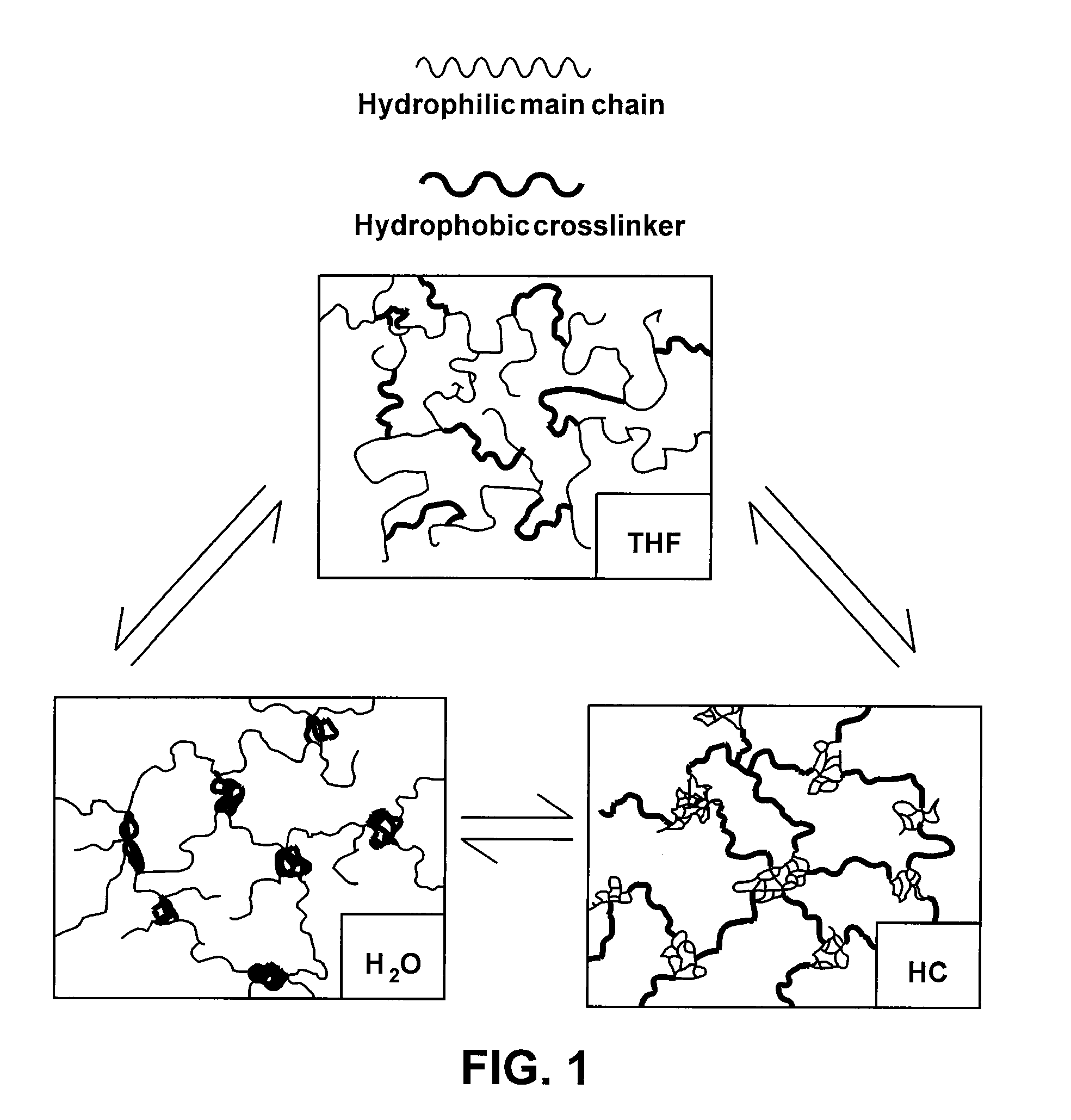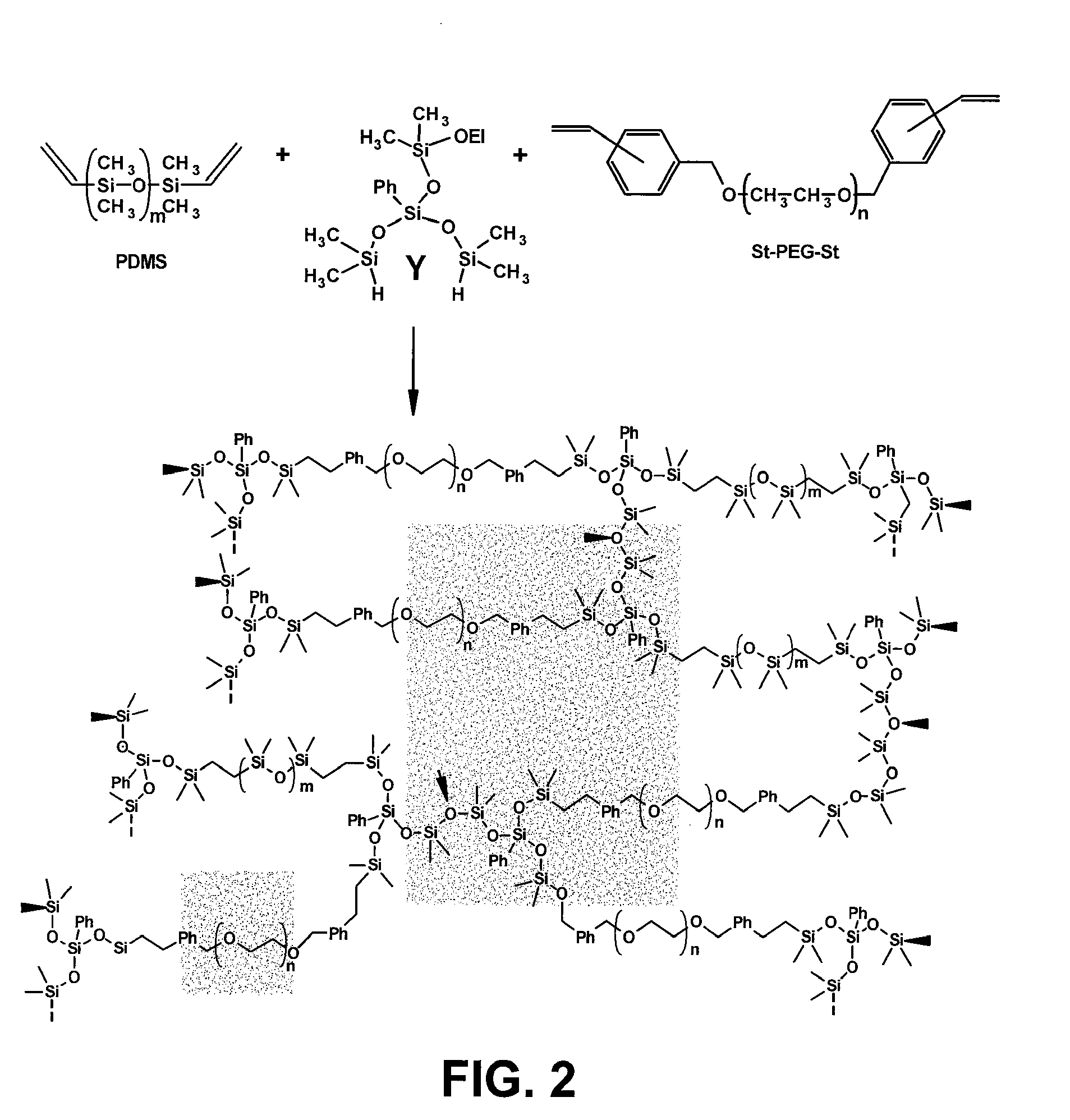Implantable devices for producing insulin
a technology of implantable devices and insulin, which is applied in the direction of peptide/protein ingredients, prosthesis, metabolism disorders, etc., can solve the problems of inability of cells to produce normal biologically active compounds, scarcity of human organs, and the cost of their procurement, so as to prevent or diminish an immuno-response and/or rejection
- Summary
- Abstract
- Description
- Claims
- Application Information
AI Technical Summary
Benefits of technology
Problems solved by technology
Method used
Image
Examples
Embodiment Construction
[0031]The present invention is generally directed to devices and materials capable of correcting, remediating, and / or mitigating diabetes in mammals. More particularly, some embodiments include implantable devices that contain insulin-producing cells. Furthermore, some embodiments include compositions and / or components that isolate the cells contained therein from immunoresponses of the host. Some such compositions and / or components include semipermeable membranes that are capable of passing insulin, gases, waste products, and the like while preventing the passage of immune system components.
[0032]Some aspects of the present invention include: (1) the synthesis of three immunoisolatory membranes having varying proportions of PEG / Y / PDMS; (2) that are capable of protecting xenografts (porcine PECs) from the immune system of the host without immunosuppressive drugs; and (3) that are biocompatible and exhibit mechanical properties amenable to implantation in vivo.
[0033]Some embodiments ...
PUM
| Property | Measurement | Unit |
|---|---|---|
| distance | aaaaa | aaaaa |
| elongation | aaaaa | aaaaa |
| tensile strength | aaaaa | aaaaa |
Abstract
Description
Claims
Application Information
 Login to View More
Login to View More - R&D
- Intellectual Property
- Life Sciences
- Materials
- Tech Scout
- Unparalleled Data Quality
- Higher Quality Content
- 60% Fewer Hallucinations
Browse by: Latest US Patents, China's latest patents, Technical Efficacy Thesaurus, Application Domain, Technology Topic, Popular Technical Reports.
© 2025 PatSnap. All rights reserved.Legal|Privacy policy|Modern Slavery Act Transparency Statement|Sitemap|About US| Contact US: help@patsnap.com



